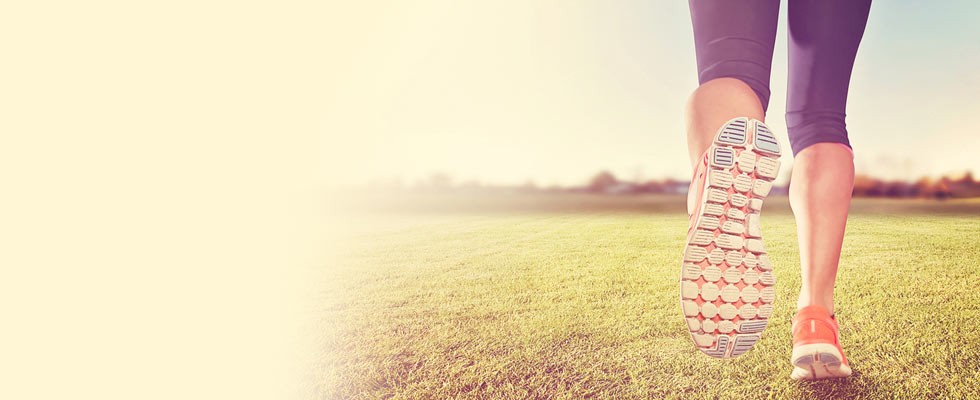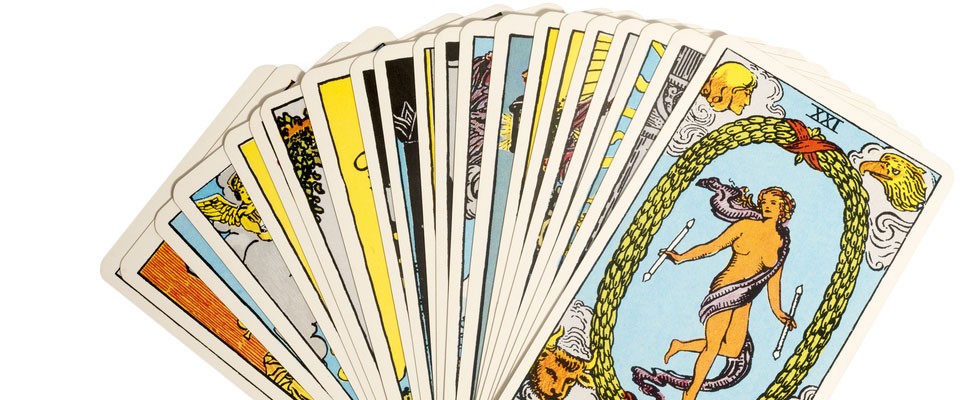How Bifocal Lenses Work
The purpose of bifocals is to make the transition easier when switching from looking at items close up and far away. They help bring far-away items into focus. If not for the double lens, patients would require two separate prescriptions for different purposes and may have to change glasses more frequently, depending on whether they are looking at close or distant items.
Dr. Ravi D. Goel, an ophthalmologist and instructor at the Wills Eye Institute tells CNN Health, "Think of the lens system of the eyes as you would a trampoline. When you're young, the lens (the center of the trampoline) is held in place by lens zonules (the strings of the trampoline). The lens zonules are strong, and they are able to move back and forth to bring images into focus. As you grow older, these 'strings' start to relax, which makes it more difficult for you to control the movement of the lens to bring an image into focus. As these lens zonules relax, you can either hold an object farther away or use bifocals to bring an image to a more comfortable position. Bifocals are the cure for arms that are not long enough."
People often find that it can take up to a few weeks to adjust to using them. They may cause headaches, dizziness and blurriness initially, but they can correct nearsightedness and bring far away items into focus.












